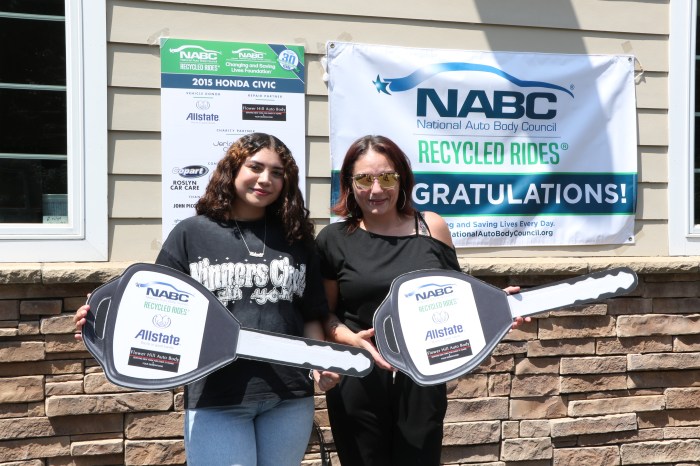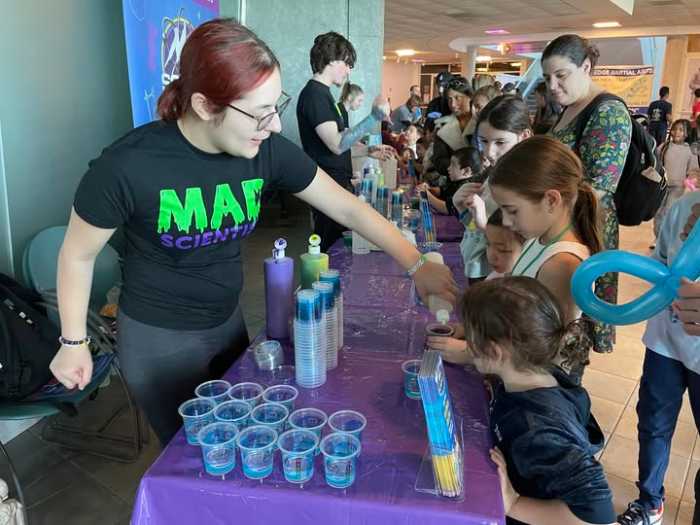
New York State Governor Andrew Cuomo recently announced that the state’s Environmental Facilities Corporation would dole out $120 million in grants aimed at helping Long Island water districts, including the Roslyn Water District and the Manhasset-Lakeville Water District, combat emerging contaminants like 1,4-dioxane, perfluorooctanoic acid (PFOA) and perfluorooctanesulfonic acid (PFOS).
“By investing in improving our state’s water infrastructure, we are laying the foundation for regional growth and prosperity while also protecting our natural resources,” Cuomo said in a statement. “These investments in our communities will help ensure residents in every corner of the state have access to safe, clean drinking water, helping to build a stronger New York for all.”
The grants, which are intended to help fund the district’s construction of Advanced Oxidation Process (AOP) filtration systems in each well where the level of 1,4-dioxane detected exceeds 1.0 part per billion (ppb), a maximum contaminant level approved by the New York State Department of Health last summer. Water districts in the state have three years to set up 1,4-dioxane filtration systems in wells exceeding the maximum contaminant level.
The 23 total grants given out to Long Island water districts, which range from $42,000 to just over $14 million, fund at most 60 percent of the estimated cost of setting up the necessary number of AOP systems in each district.
The Roslyn Water District, which serves an area that includes the Village of Roslyn, Roslyn Heights, East Hills, Roslyn Harbor and portions of Greenvale and Flower Hill, received $4.485 million to help filter a single well. Total cost for the project is estimated to be $7.475 million.
Albertson and Searingtown are served by the Manhasset-Lakeville Water District, which has been granted just under $11 million to help filter two wells. The combined cost of the district’s projects is estimated at about $23.3 million.
The remainder of Greenvale is serviced by the Jericho Water District, which received an $11.45 million grant for two contaminated wells that will take around $19 million to fully cleanse.
According to the Environmental Protection Agency (EPA), 1,4-dioxane is a synthetic chemical produced as a by-product in paint strippers and antifreeze, among other products, and found in many household cleaning and beauty products. The EPA calls 1,4-dioxane a “likely” carcinogen. No federal regulations on 1,4-dioxane levels are currently in place, but the EPA health advisory for the chemical is 0.35 ppb. Cuomo signed legislation banning the sale of cleaning products containing 1,4-dioxane in the state on Dec. 9.
Both the Roslyn Water District and the Manhasset-Lakeville Water District are currently suing the Dow Chemical Company, Ferro Corporation and Vulcan Materials Company with claims the companies released 1,4-dioxane into the water supply while aware of its health risks. The districts are two of 23 on Long Island suing the companies for damages to help cover the costs of filtering the contaminant so the burden isn’t placed on taxpayers.
“The idea is that the public shouldn’t have to bear the cost of removing chemicals they didn’t put in the water,” Katie Jones, an attorney at Sher Edling LLP, a California-based law firm representing all the plaintiffs, said. “The responsibility falls on the company that manufactured the chemicals, marketed and promoted their use all while knowing about its risks to human health and about how long it stays in the environment.”
No word has been received from the districts or their corresponding legal representatives as to how, if at all, the grants will impact the ongoing lawsuits.
Arjun Venkatesan, a research scientist for the New York State Center for Clean Water Technology and a professor in Stony Brook University’s Department of Civil Engineering, specializes in treating emerging contaminants in drinking water supplies. Venkatesan said the AOP doesn’t work with PFOA and PFOS due to the toughness of the compounds, but the pair of contaminants can be treated by more accessible measures.
“The good thing is the granular-activated carbon filters that are currently in place, and even the Brita filters, are capable of removing these compounds from water,” Venkatesan said. “The carbon filtration system does a pretty good job of removing PFOS and PFOA, but there are several questions associated with it. [PFOS and PFOA] are actually a group of chemicals, so we don’t know if the filtration works great for all these compounds.”
Venkatesan mentioned filtering these contaminants out of a water supply is a time-consuming process, and cautioned residents in affected areas against acting rashly.
“It takes time for each water district to get approval for cleaning up their systems and installing these advanced oxidation processes,” Venkatesan said. “It’s not going to happen overnight. Not every single well is contaminated with 1,4-dioxane and PFOA/PFOS. The public should talk to their specific water districts to understand what the contamination levels are that they’re getting in their tap water before boycotting tap water.”
—Additional reporting by Christopher Birsner, Frank Rizzo, Caroline Ryan and Marco Schaden































